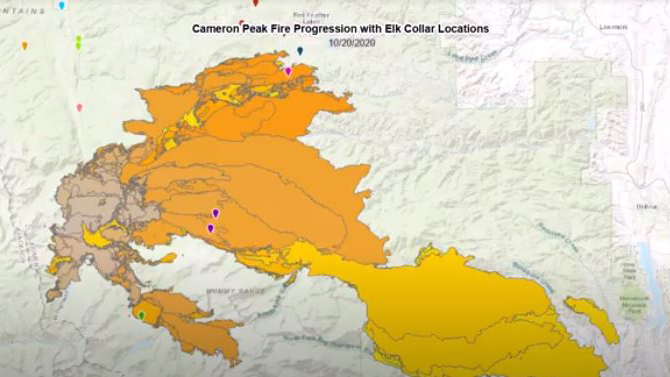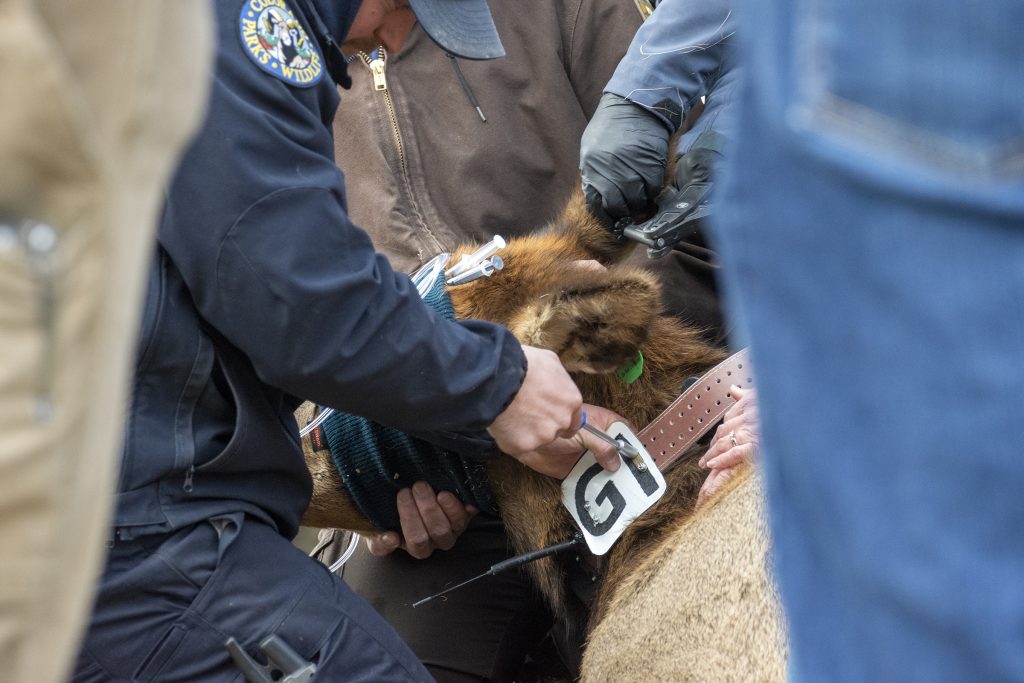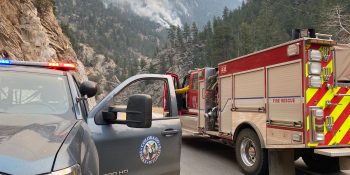DENVER – 2020 has seen the three largest wildfires in Colorado history and over 600,000 acres have burned across the Centennial State. Along with many of the obvious concerns that come with fires of such magnitude, additional concerns have been expressed towards the impacts on wildlife.
In the newest podcast episode of Colorado Outdoors, we dive right into the pros and cons of wildfire as it relates to wildlife, aquatic life and the health of our forests.
Providing us with the context on the subject is senior wildlife biologist for CPW’s northeast region Shannon Schaller, northeast region senior aquatic biologist Jeff Spohn and Casey Cooley, who is CPW’s forest habitat coordinator.
The Cameron Peak Fire in Larimer County has burned into largest fire in Colorado history at nearly 209,000 acres. Colorado Parks and Wildlife has 30 elk with GPS satellite collars on in the burn area and their location data helps to show how wildlife react and move when fire comes across the landscape. Wildlife biologist Angelique Curtis discusses what the satellite collars on the elk are showing us in this video on elk movement in and around the Cameron Peak Fire.
For more information on the study taking place and why the elk have the GPS collars on in the first place, please click here.
Photos below:
Top: a picture of the Cameron Peak Fire progression map overlaid with elk movements in and around the fire perimeter
Bottom: An cow (female) elk gets a GPS satellite collar placed on it in Golden, February 2020


SPREAD THE NEWS
COMMENT, Like, Follow & SHARE @I70Scout
CURRENT EDITION
WEATHER & TRAFFIC PUZZLES RECENT NEWS ADVERTISE WITH US

Leave a Reply